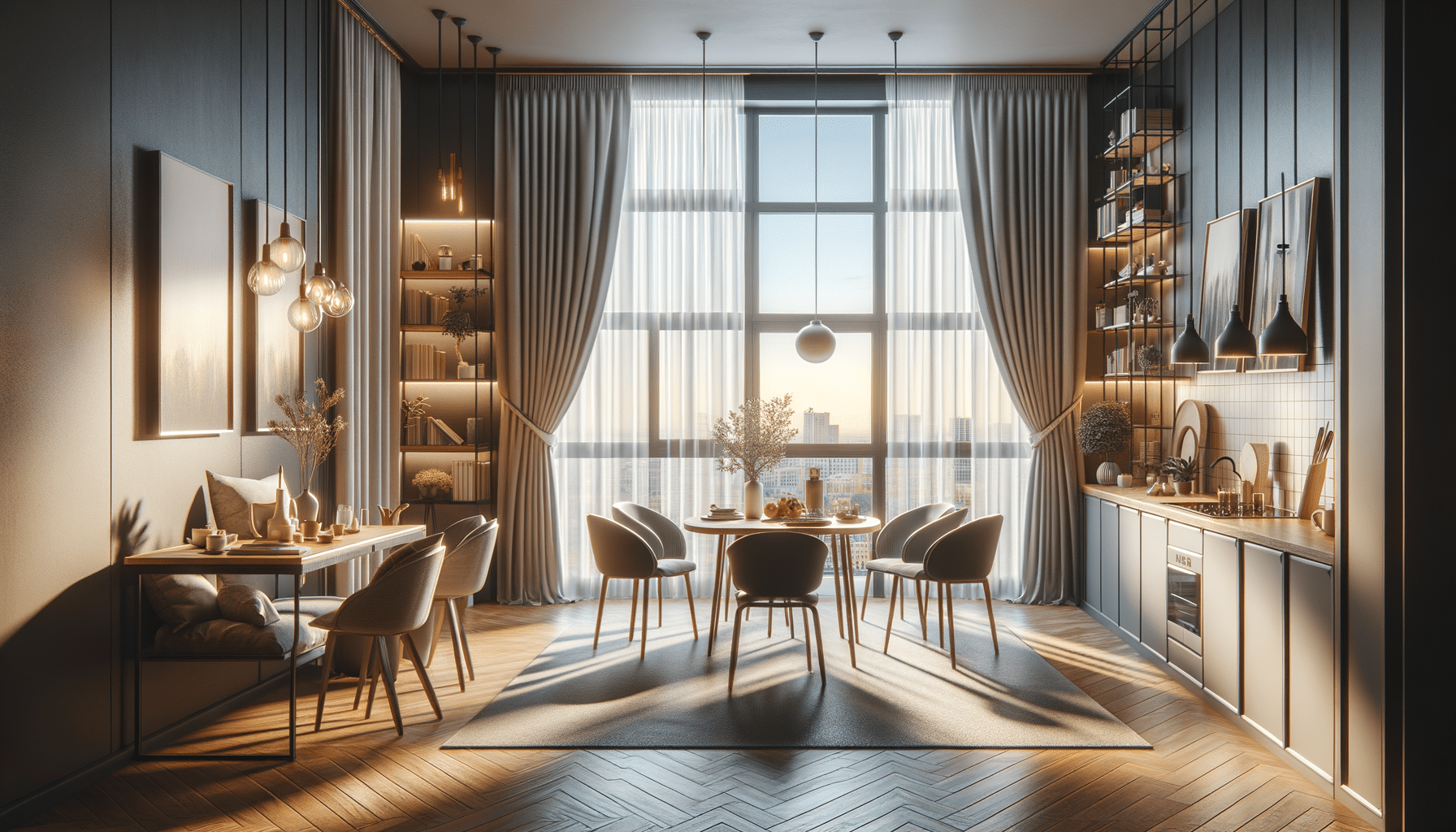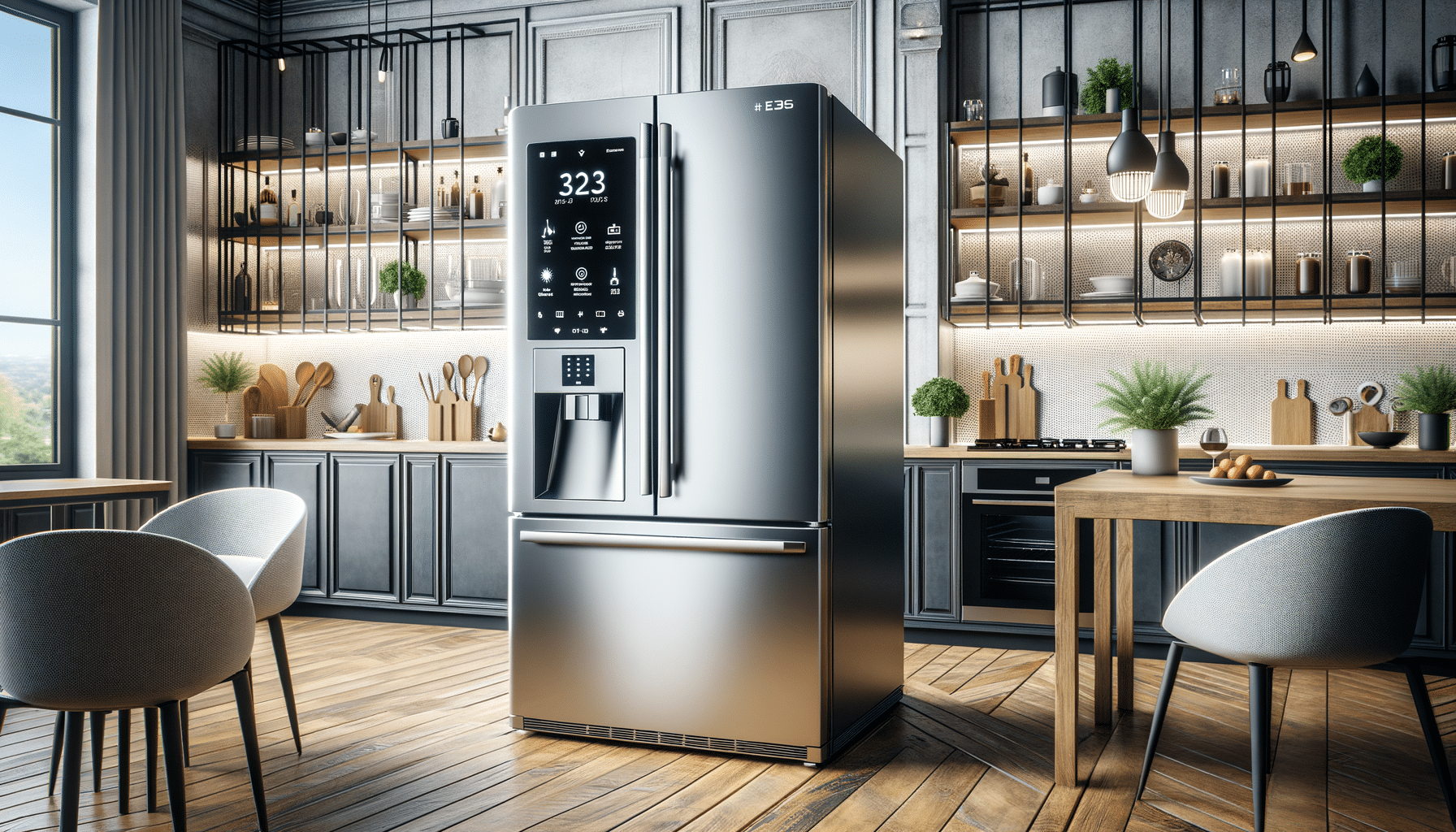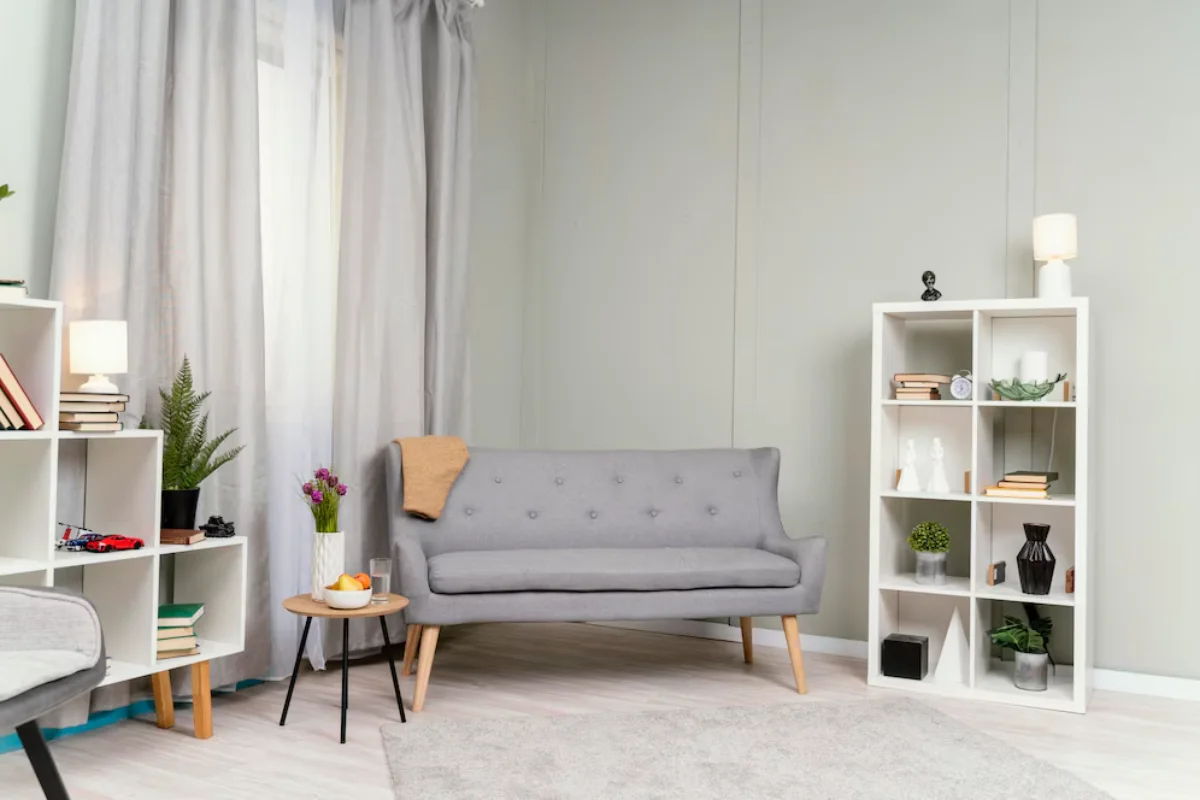
How to Maintain a Minimalist Home Long-Term
Minimalism is not just a design trend. It’s a lifestyle that encourages simplicity and peace of mind. And though decluttering can be invigorating, maintaining a minimalist home over time is the more significant hurdle. To identify what new items, old habits, or sentimental clutter many of us grapple with.
The secret is sustainable minimalism and consistent organisational habits. A minimalist home isn’t about deprivation; it’s about carving out a clear, functional and joyful space. This guide will share practical strategies to help you stay clutter-free for the long haul.

Understanding Sustainable Minimalism
Minimalism means making intentional choices that match your values. Sustainable minimalism goes further by adding eco-friendly practices to your life.
Core Principles of Sustainable Minimalism
To maintain a minimalist home, consider the 5Rs of sustainability:
- Refuse – Say no to unnecessary purchases.
- Reduce – Keep only what you truly need.
- Reuse – Invest in quality items and repurpose them when possible.
- Recycle – Dispose of items responsibly.
- Rot – Compost organic waste to help the environment.
Using these principles, you can stop clutter from returning and create a sustainable, clutter-free lifestyle.
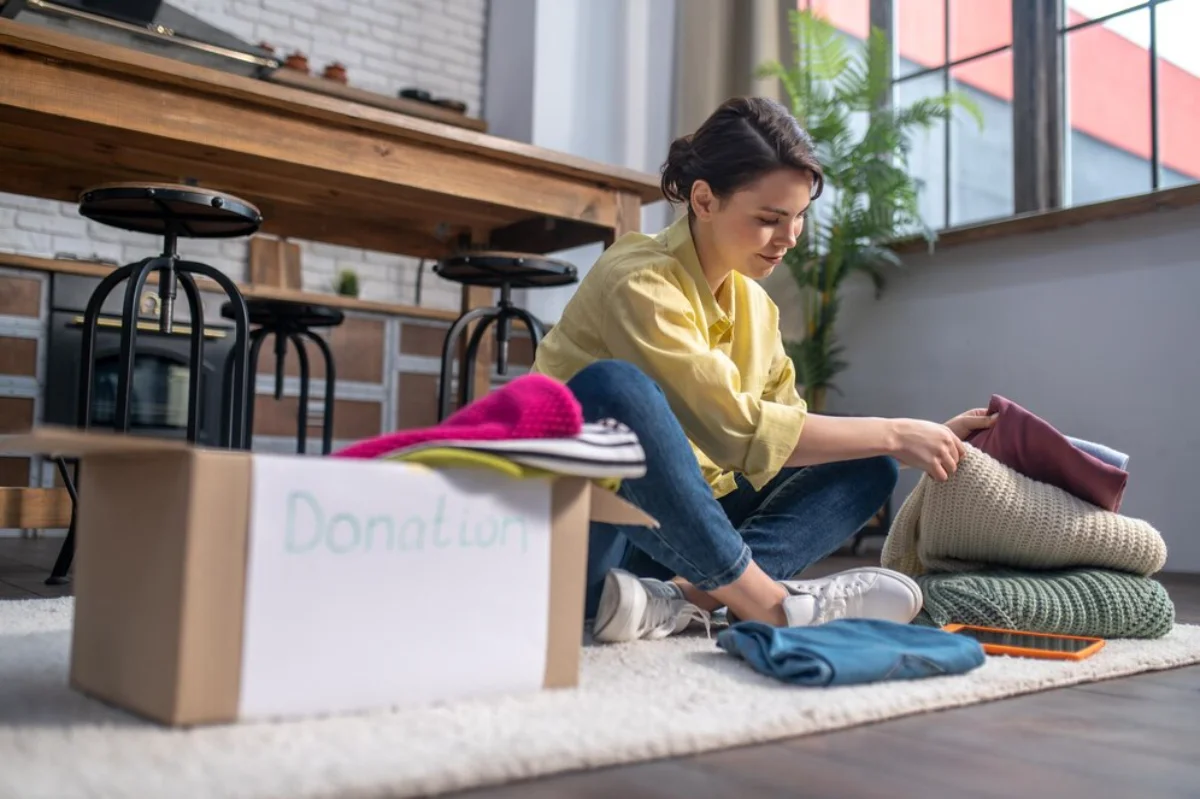
Establishing Effective Organization Habits
Decluttering once isn’t enough. You need habits to support your minimalist space over time. Here are strategies to help you stay organised:
The “One In, One Out” Rule
When you bring something new into your home, remove an existing item. This habit keeps your space from getting crowded. Before buying, ask yourself:
- Do I need this?
- What value does it add?
- Am I willing to replace something else for this?
This practice prevents mindless accumulation and encourages intentional purchasing.
Set a Regular Decluttering Schedule
Decluttering is an ongoing process. Create a routine to check your belongings regularly:
- Monthly: Tidy surfaces and remove unnecessary items.
- Quarterly: Deep clean areas like wardrobes and cabinets.
- Annually: Conduct a full-house decluttering.
Making decluttering a routine keeps clutter away.
Prioritise Experiences Over Possessions
Minimalism encourages you to invest in experiences rather than things. Instead of buying decor, spend on:
- Travel and adventures
- Courses and personal development
- Quality time with loved ones
Focusing on memories fosters long-term contentment and simplicity.
Designate a Place for Everything
Every item should have a specific spot. After use, return it to its place. This habit prevents clutter and makes tidying easier.
A well-organized home promotes efficiency and reduces stress since you know where everything is.
Limit Digital Clutter
Minimalism applies to your digital space, too. Regularly declutter your devices by:
- Unsubscribing from emails
- Deleting old files and apps
- Organising photos and documents
A clutter-free digital space helps improve focus and reduces mental overwhelm.
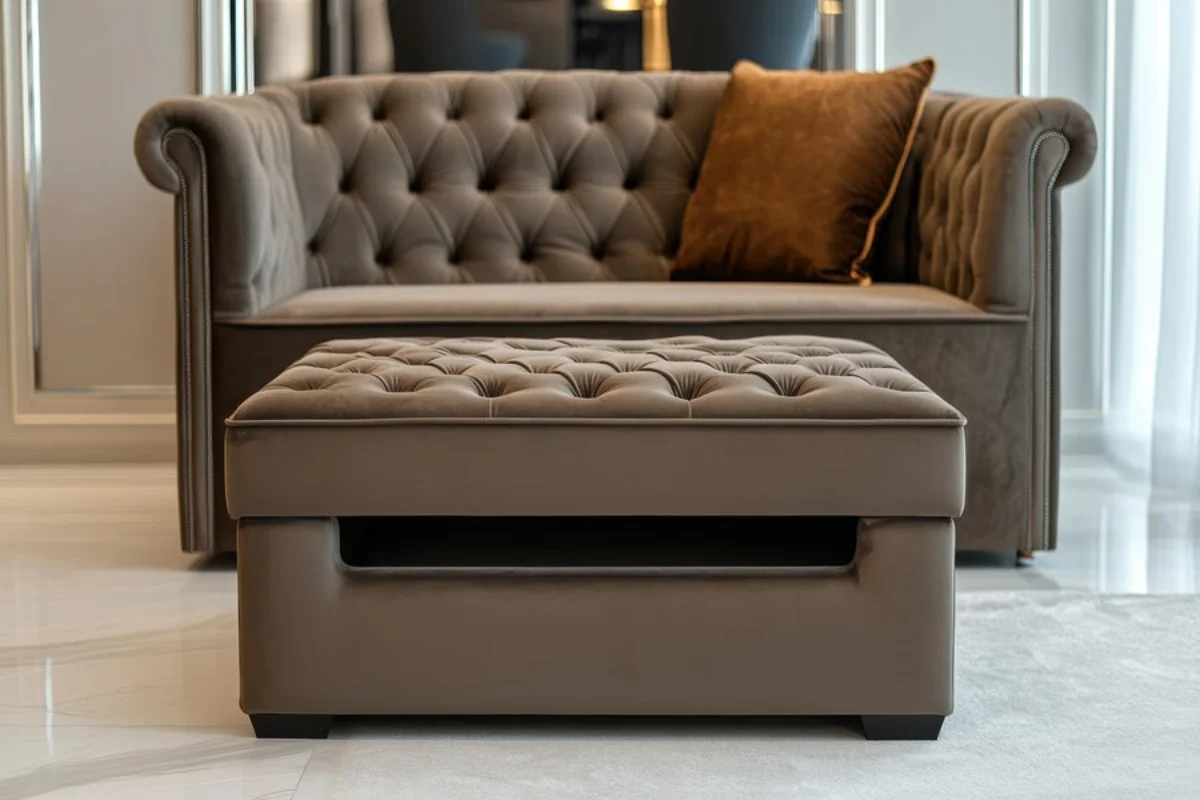
Practical Tips for Long-Term Minimalism
Along with habits, small daily actions can strengthen your minimalist lifestyle. Here are key strategies to keep your home clutter-free:
Be Mindful of New Purchases
Before buying, ask yourself:
- Will I still want this in six months?
- Is it high-quality and durable?
- Do I have something similar already?
Mindful shopping habits help prevent impulse buys and keep your space intentional.
Invest in Multi-Functional Furniture
Choose furniture that serves multiple purposes to maximise space, like:
- Storage ottomans
- Convertible sofa beds
- Foldable dining tables
Multi-functional pieces enhance functionality and reduce excess furniture.
Rotate Decorative Items
Try seasonal rotations instead of buying new pieces if you like changing decor. Store some items and swap them out periodically to refresh your space without cluttering.
Establish a Capsule Wardrobe
A capsule wardrobe is a curated collection of versatile clothing that mixes well. To build one:
- Stick to neutral colours.
- Invest in high-quality, timeless pieces.
- Declutter clothes you haven’t worn in a year.
Reducing wardrobe clutter makes dressing easier and aligns with sustainable minimalism.
Be Selective About Gifts
Let friends and family know about your minimalist lifestyle. Suggest alternatives to traditional gifts, like:
- Experience-based gifts (concert tickets, spa days)
- Consumables (gourmet food, wine)
- Charitable donations in your name
This approach reduces unnecessary items and supports sustainable living.
Overcoming Common Challenges
Keeping a minimalist home isn’t always easy. Here’s how to face some common challenges:
Handling Sentimental Clutter
Parting with items that hold memories can be tricky. Instead of keeping everything, try:
- Keeping only the most meaningful pieces.
- Taking photos of sentimental items before letting them go.
- Repurposing heirlooms for everyday use.
This way, you can cherish memories without cluttering your space.
Dealing with Family Members’ Belongings
Minimalism is personal, and not everyone may agree. To encourage family participation:
- Lead by example without pressure.
- Find compromises on shared spaces.
- Share the benefits of minimalism.
Creating a supportive environment helps everyone embrace a clutter-free home.
Avoiding the “Re-Clutter” Trap
Over time, it’s easy to accumulate new items. Regularly reassess your home to ensure new belongings still serve a purpose.
A mindful, minimalist approach helps keep clutter at bay.
Sustain a Clutter-Free and Balanced Minimalist Home
Keeping a minimalist home in the long term needs intentionality and commitment to sustainable minimalism and organisational habits. You can stay clutter-free effortlessly by using strategies like the “One In, One Out” rule, focusing on experiences, and practising mindful shopping.
Minimalism is not about restriction; it’s about creating a home that supports your well-being and peace of mind. Start small, stay consistent, and enjoy the lasting benefits of a simpler, more intentional life.
Ready to embrace long-term minimalism? Start decluttering today and transform your space for good!
